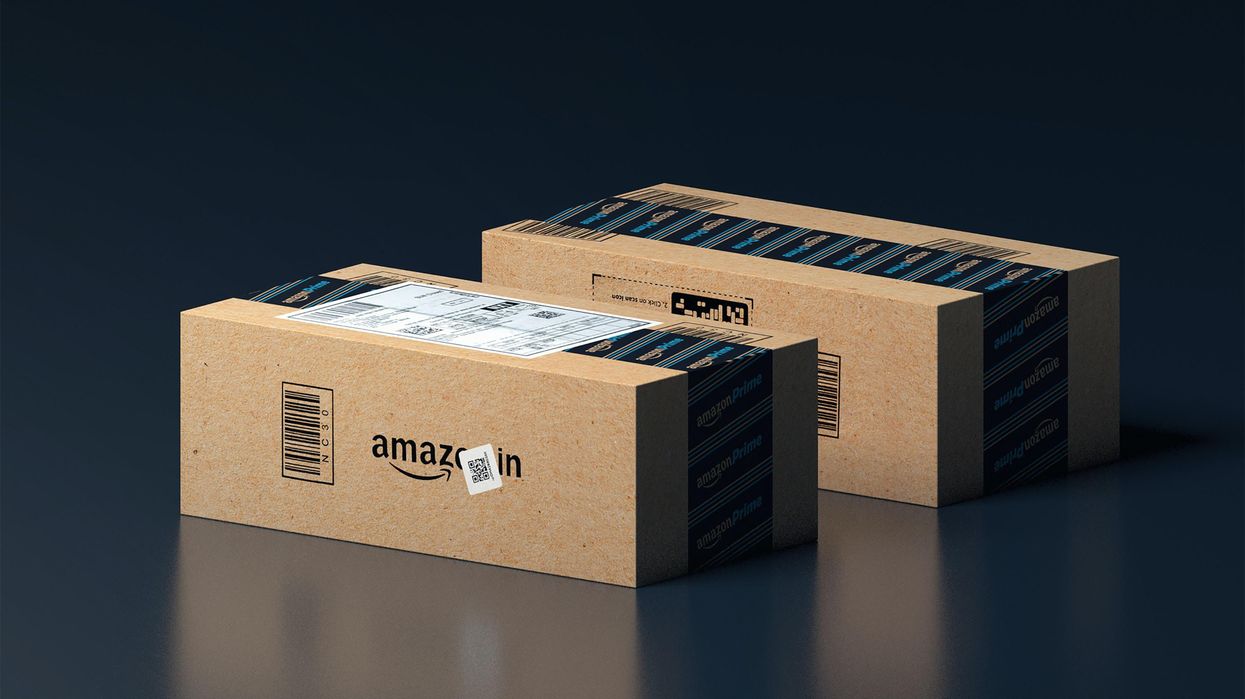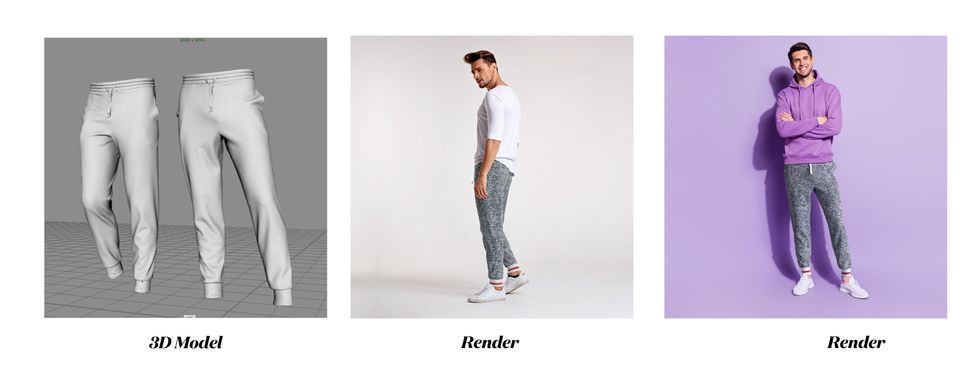Retail Channels
19 April 2022
Amazon is adding a 5% surcharge for FBA sellers
The company cited fuel and inflation costs as the reason for the surcharge, which takes effect on April 28.

Amazon Packages (Photo by ANIRUDH on Unsplash)
The company cited fuel and inflation costs as the reason for the surcharge, which takes effect on April 28.

Amazon Packages (Photo by ANIRUDH on Unsplash)
Inflation often brings talk of costs that get passed on to consumers. In the case of Amazon, third-party sellers are feeling the downstream effects.
Citing rising inflation and fuel costs, Amazon will implement a 5% surcharge, effective April 28. This surcharge applies to sellers in the US who use Fulfillment by Amazon (FBA), through which the company offers storage, logistics and delivery for merchants. In details outlining the changes on Amazon Seller Central, the company said the surcharge will be applied to FBA fulfillment fees for both apparel and non-apparel items.
The surcharge will be the first of its kind for the company, albeit one that is not designed to be permanent.
“In 2022, we expected a return to normalcy as COVID-19 restrictions around the world eased, but fuel and inflation have presented further challenges,” an Amazon spokesperson said in an email to CNBC. “It is still unclear if these inflationary costs will go up or down, or for how long they will persist, so rather than a permanent fee change, we will be employing a fuel and inflation surcharge for the first time — a mechanism broadly used across supply chain providers.”
The latest move came on the heels of US government data that showed inflation reached its highest level in 40 years. The US Department of Labor’s Consumer Price Index showed that inflation rose 8.5% year-over-year in March, which was the highest jump since 1981. Rising fuel costs were a key factor in the price spike. According to a digital price index released by Adobe on the same day, online inflation increased 3.6% over the same time period.
For Amazon, the recent announcement was the second time in the last six months that the company announced a new charge for FBA sellers. In an increase that went into effect in January, the company permanently increased fulfillment fees by an average of 5.2%. At the time, the company cited rising operations costs in the pandemic.
Amazon partnered with Hexa to provide access to a platform that creates lifelike digital images.
A 3D rendering of a toaster from Hexa and Amazon. (Courtesy photo)
Amazon sellers will be able to offer a variety of 3D visualizations on product pages through a new set of immersive tools that are debuting on Tuesday.
Through an expanded partnership with Hexa, Amazon is providing access to a workflow that allows sellers to create 3D assets and display the following:
Selllers don't need prior experience with 3D or virtual reality to use the system, according to Hexa. Amazon selling partners can upload their Amazon Standard Identification Number (ASIN) into Hexa’s content management system. Then, the system will automatically convert an image into a 3D model with AR compatibility. Amazon can then animate the images with 360-degree viewing and augmented reality, which renders digital imagery over a physical space.
Hexa’s platform uses AI to create digital twins of physical objects, including consumer goods. Over the last 24 months, Hexa worked alongside the spatial computing team at Amazon Web Services (AWS) and the imaging team at Amazon.com to build the infrastructure that provides 3D assets for the thousands of sellers that work with Amazon.
“Working with Amazon has opened up a whole new distribution channel for our partners,” said Gavin Goodvach, Hexa’s Vice President of Partnerships.
Hexa’s platform is designed to create lifelike renderings that can explored in 3D, or overlaid into photos of the physical world. It allows assets from any category to be created, ranging from furniture to jewelry to apparel.

The result is a system that allows sellers to provide a new level of personalization, said Hexa CEO Yehiel Atias. Consumers will have new opportunity see a product in a space, or what it looks like on their person.
Additionally, merchants can leverage these tools to optimize the entire funnel of a purchase. Advanced imagery allows more people to view and engage with a product during the initial shopping experience. Following the purchase, consumers who have gotten a better look at a product from all angles will be more likely to have confidence that the product matches their needs. In turn, this can reduce return rates.
While Amazon has previously introduced virtual try-on and augmented reality tools, this partnership aims to expand these capabilities beyond the name brands that often have 1P relationships with Amazon. Third-party sellers are an increasingly formidable segment of Amazon’s business, as they account for 60% of sales on the marketplace. Now, these sellers are being equipped with tools that enhance the shopping experience for everyone.
A video displaying the new capabilities is below. Amazon sellers can learn more about the platform here.
Hexa & Amazon - 3D Production Powerhousewww.youtube.com